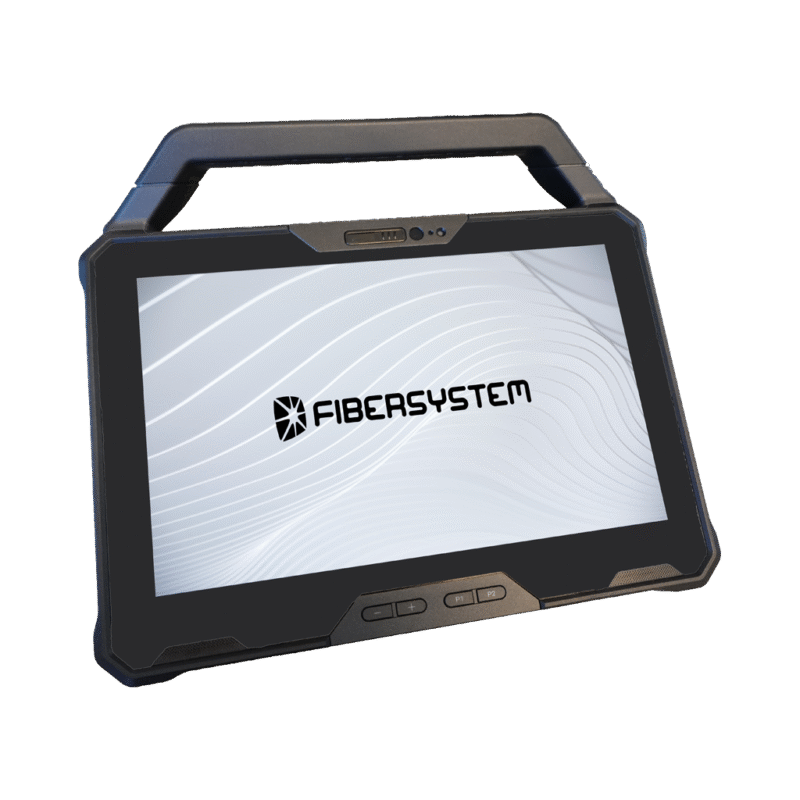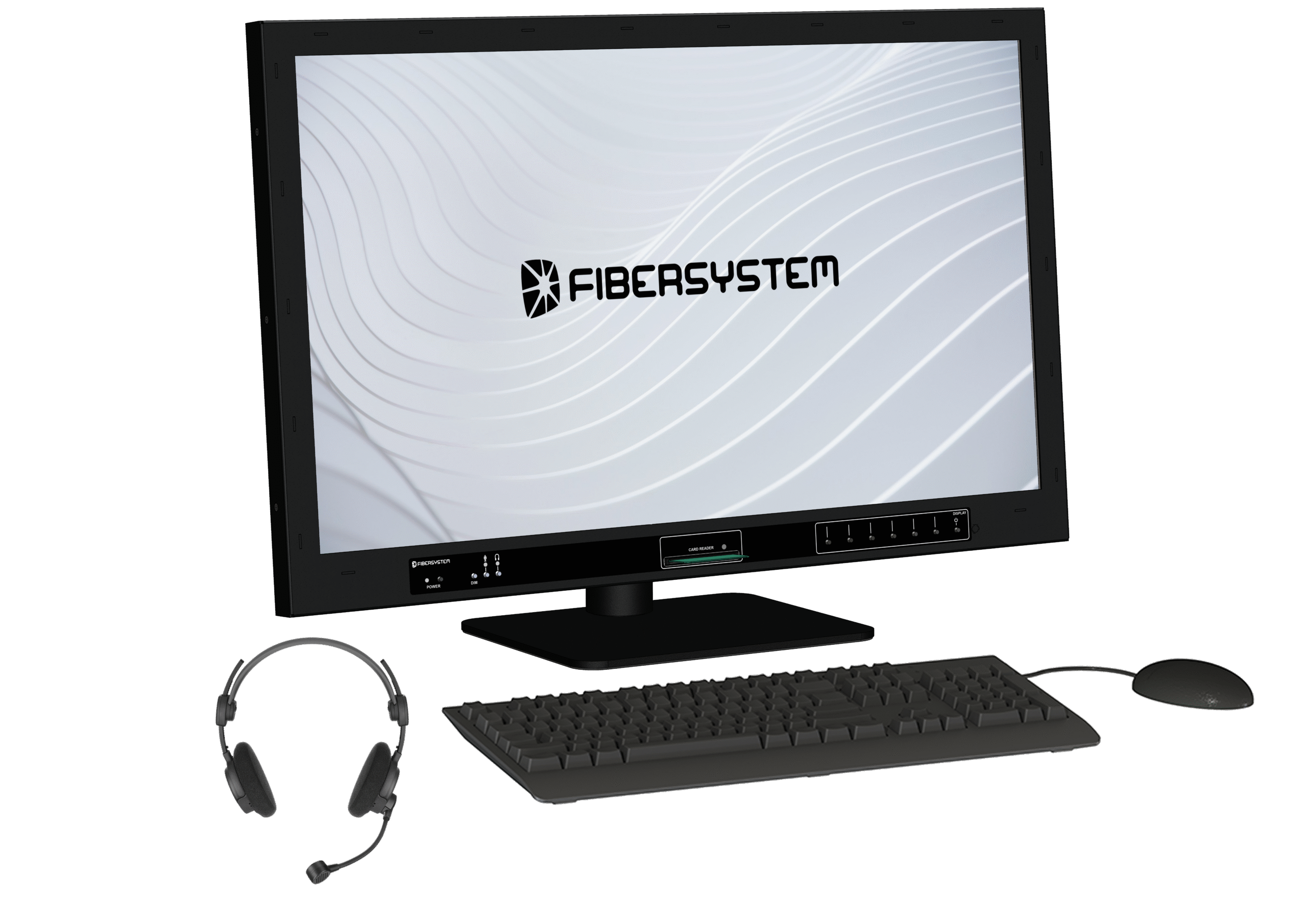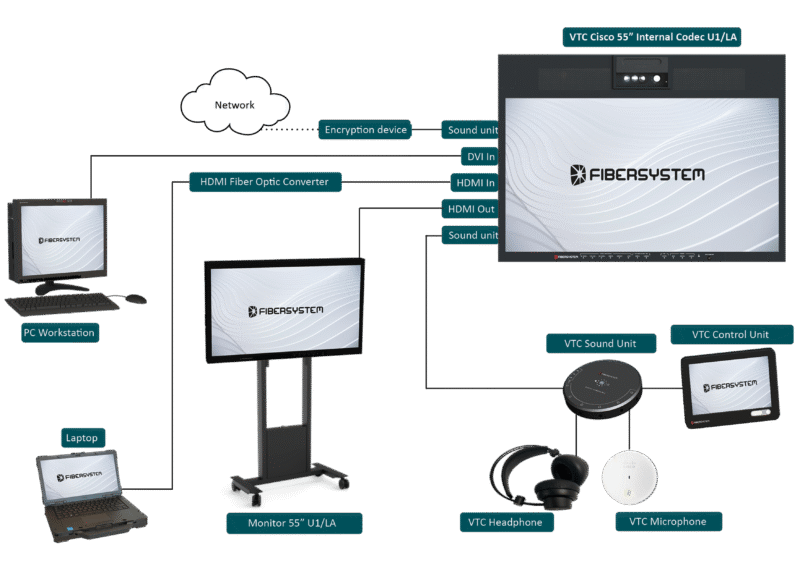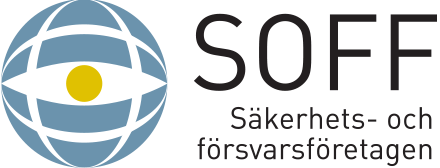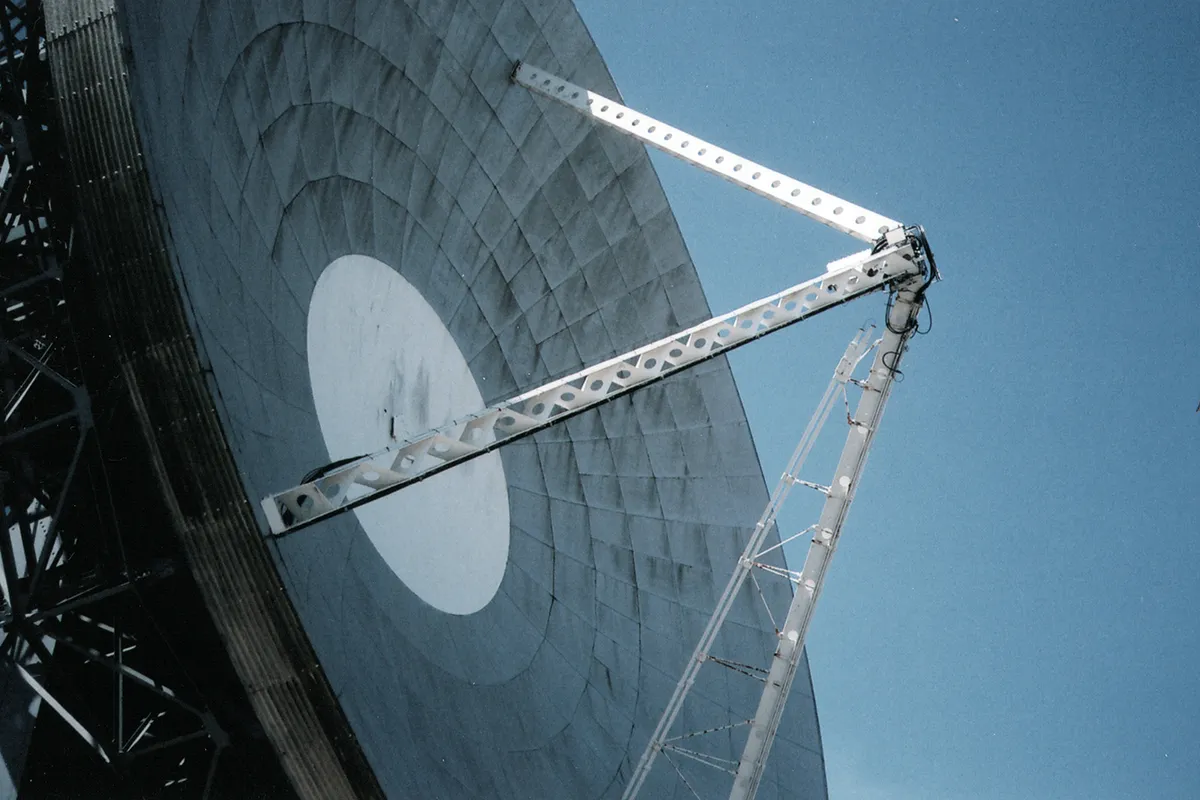
Precision Security for Mission-Critical Systems
We provide state-of-the-art solutions developed to meet all standards of TEMPEST and RÖS certifications, offering unmatched protection for your classified data. Designed and manufactured in Sweden, our products deliver military-grade security backed by the precision and reliability of Swedish engineering.
Product news
Advanced Security and Communication
Solutions for Demanding Environments
Explore our products
TEMPEST
TEMPEST certification refers to a standard concerned with preventing electronic eavesdropping and securing electronic systems from information leakage via electromagnetic emissions. Products that are TEMPEST Level A certified adhere to the highest level of these stringent security standards, which are primarily defined and required by NATO and various national security agencies.
Latest news


RÖS
RÖS is a swedish standard for the electromagnetic radiation electrical components emit. If the radiation is revealed there is a risk that the information carried by the radiaton leaks to unauthorizeds.
Made in Sweden
– A Mark of Quality
Swedish Precision: At Fibersystem, every product benefits from the precision and advanced engineering that Swedish manufacturing is known for worldwide. Our commitment to excellence is evident in every piece we create, from development through to production.
Sustainable Practices: We pride ourselves on integrating sustainable methods into our manufacturing processes, reflecting our dedication to environmental responsibility alongside technological innovation.
Read more about usExplore
Our Products
Desktop Solutions: Secure computing with a range of desktop enclosures and integrated systems designed for sensitive environments.
Networking Devices: From secure routers to encrypted network switches, ensure your communications are protected at every layer.
Custom Solutions: Tailor-made security solutions designed to meet the specific needs of your organization.
Explore the productsWhy Choose Fibersystem?
Certified Security: With TEMPEST Level A and RÖS U1 certifications, we offer the highest standard of security.
Swedish Quality: Manufactured in Sweden, our products represent durability, precision, and innovation.
Expert Support: Our team of experts is here to assist you every step of the way, from selection to installation.
